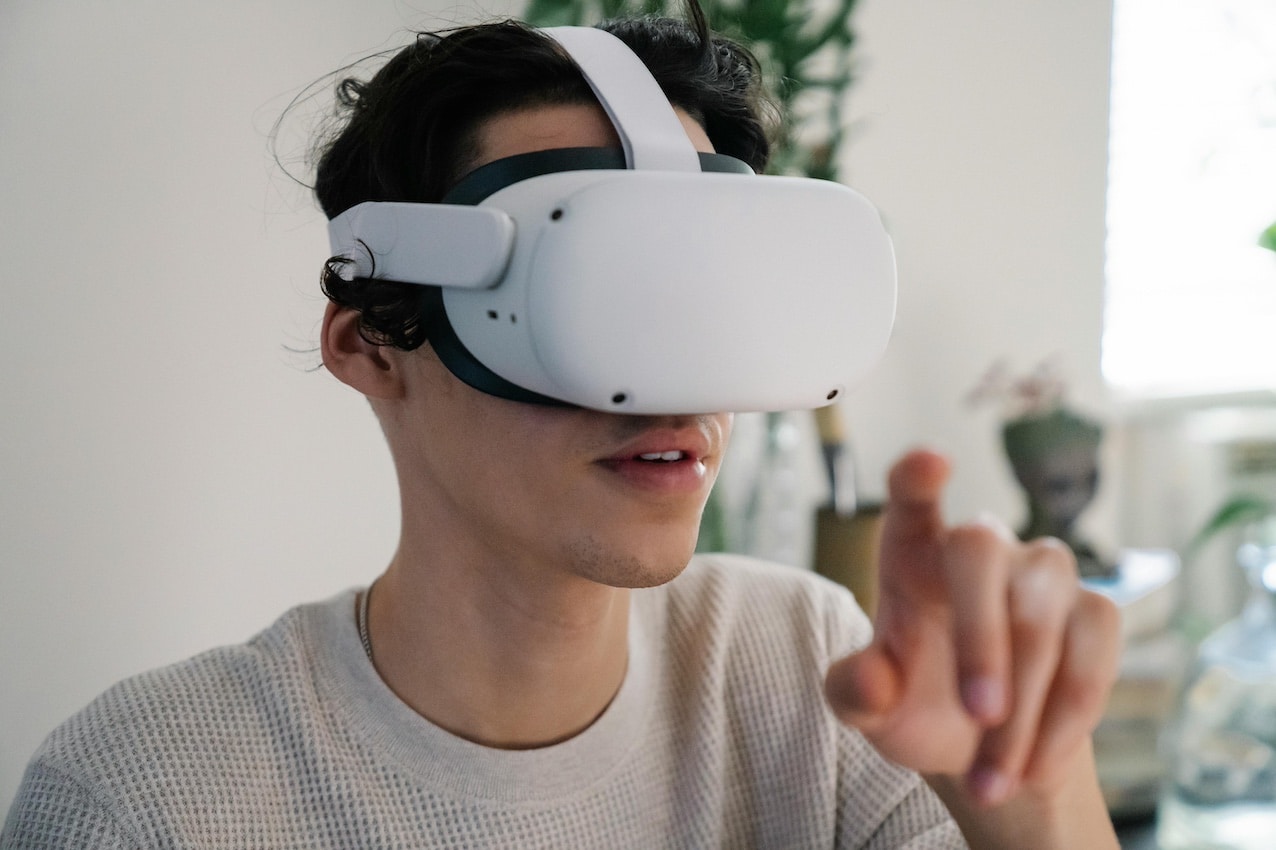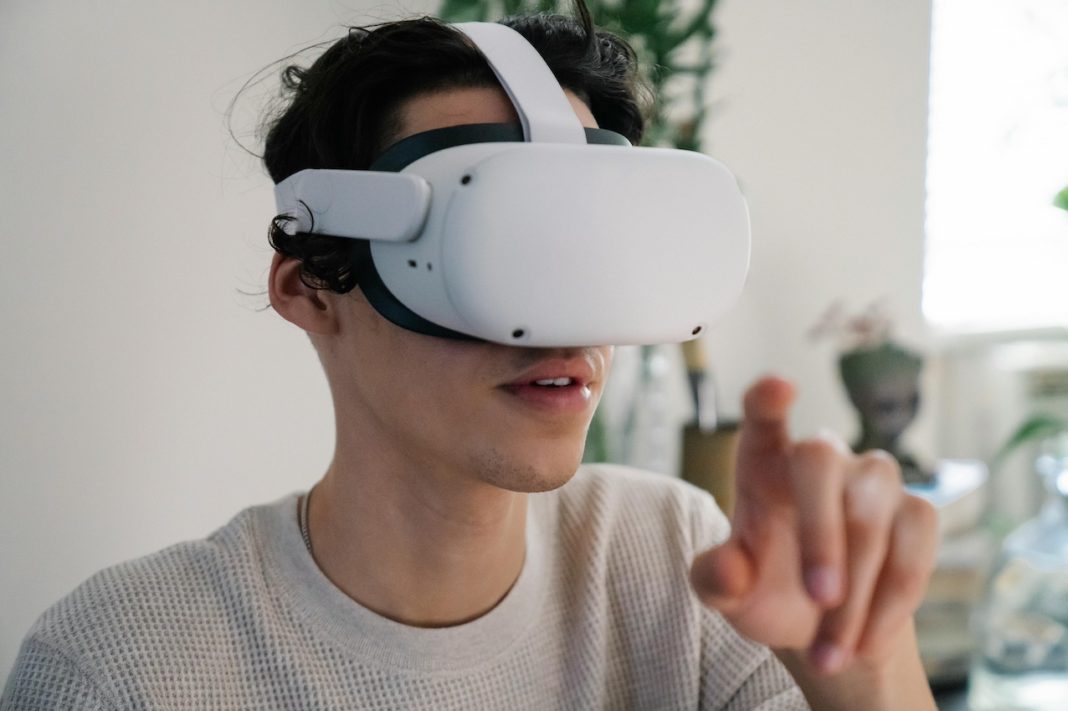- Alió warns that using devices such as ‘Apple Vision Pro’ “break the traditional relationship between vision and the perception of space” causing dry eyes and red eyes in contact lens wearers
Virtual or augmented reality is an emerging technology that is revolutionizing many sectors of health, education and leisure. It offers a realistic spatial experience with simulated or real three-dimensional images in imaginary environments. In 2020, it was estimated that 52.1 million Americans used virtual reality headsets. Unfortunately, virtual reality involves more than just fun and leisure, and there is some concern about its use as a common technology in everyday life, both in study and leisure.
Its use has been questioned because it could compromise the user’s comfort by overusing vision in unfavorable or atypical conditions. In addition, augmented virtual reality causes a break in the traditional relationship between vision and perception of space, leading to information processing, virtual in this case, by the brain. Some researchers have even suggested that this use, when habitual, can cause complications in the eyes but without any verification of the reality of this fact to date (1).
An example is the ‘Apple Vision Pro’ hybrid augmented reality glasses developed by Apple Inc. and announced in 2023 as a ‘spatial computer’ that integrates digital images with the real environment in which it is used. This system can be controlled without having to move your hands, using voice recognition or eye gestures or winking. Although the impact on the user’s well-being has not yet been investigated, visual fatigue phenomena (tiredness due to the use of glasses with headache or discomfort), development of dry eye (due to decreased blinking frequency) have frequently occurred, in addition to ocular dysfunctions and dizziness related to the special neuroprocessing these devices require.
Before using these glasses, it is necessary to verify if the user is going to have a conflict between vergence -simultaneous movement of the eyes in opposite directions- and accommodation. This problem arises because the spatial relationship of vision is broken, and therefore, the subject is seeing at a different distance an object that should actually be at a near or far distance. In virtual reality, depth perception is artificially created, which means that the distance between objects and the user is unreal. This leads to visual muscle fatigue and a feeling of discomfort, headache and general fatigue with sleep. However, there is no study that shows that these effects are negative for vision.
In addition, the use of these computers without a screen requires concentration, which leads to a decrease in blinking that causes accelerated evaporation of the tears. Therefore, the eyes require more lubrication or become irritated. Artificial tear eye drops or so-called ‘comfort’ eye drops facilitate the prolonged use of these devices. These glasses also induce some elevation in temperature, which contributes to dry eyes (2). Thus, contact lens users are more predisposed to suffer phenomena such as red eye when they wear this type of glasses.
These augmented reality glasses use light oscillations, rapid flashes and virtual and distant movements, to what happens in reality. The eye muscles must adapt to a new way of seeing, identifying the movement of objects in space, which also leads to visual fatigue. It can even induce a feeling of vertigo (3) with nausea, tiredness and dizziness (1,3,4). It has been estimated that after 15 minutes, approximately 40 to 70 percent of users of these devices develop some of these symptoms, although none of them ever last permanently.
“THE ‘APPLE VISION PRO’ CANNOT BE USED WITH GLASSES”
Visual reality glasses should not be used with hard or cosmetic lenses as they carry a series of complications that cannot guarantee their suitability. Users must obtain a prescription to use them in optimal conditions on these devices. Especially for those who have astigmatism, since the previous symptoms would worsen with the consequent increase in visual fatigue.
This problem would be even greater for those who have presbyopia, since they must wear distance glasses with the addition of near glasses to be able to see at different simulated distances. Other pathologies that are not compatible with the proper use of these glasses are: anomalies in visual function related to the presence of strabismus or double vision, eyelid ptosis, lazy eye, nystagmus or heterophorias (all of these latent oculomotor disorders).
To sum up, this emerging technology now used in entertainment is difficult for regular use. It will probably require further development, as well as user training, before it can be used comfortably for long periods of time.
Professor of Ophthalmology and Honorary Researcher at the Miguel Hernández University (UMH) of Elche, and founder of the Vissum ophthalmological clinics (Miranza Group)
- Kerner, S. M., & Brush, K. (2023, August 4). ‘Virtual reality sickness (VR motion sickness)’. IoT Agenda: https://www.techtarget.com/iotagenda/definition/virtual-reality-sickness-VR-motion-sickness
- Ayaga, V. (2024, February 20). ‘Is virtual reality (VR) bad for your eyes?’. Vision Center: https://www.visioncenter.org/blog/is-vr-bad-for-your-eyes/
- ‘Are virtual reality headsets safe for eyes?’ (2017b, April 12). American Academy of Ophthalmology: https://www.aao.org/eye-health/tips-prevention/are-virtual-reality-headsets-safe-eyes#:~:text=Although%20there%20are%20no%20long-term%20studies%2C%20ophthalmologists%20agree,headsets%20will%20damage%20eye%20development%2C%20health%20or%20function
- Chang, Eunhee & Kim, Hyun-Taek & Yoo, Byounghyun. (2020). ‘Virtual Reality Sickness: A Review of Causes and Measurements’. International Journal of Human-Computer Interaction. 36. 1-25. 10.1080/10447318.2020.1778351
FOR FURTHER INFORMATION 966 615 333 // www.doctorjorgealio.com






